From Earth to Fire: Uncovering the Secrets of Barbacoa Spices Around the World
Welcome, spice adventurers and culinary connoisseurs! Today, we’re diving deep into one of the world’s most aromatic and historically rich spice traditions — Barbacoa Spices. You know, that fragrant blend that makes your mouth water when it wafts from a slow-cooked lamb shoulder or beef cheek. But where did these flavors come from? What makes barbacoa so special across cultures? And how can you recreate that smoky, spicy magic at home?
In this article, we’ll take a global journey through time and taste to uncover the secrets of barbacoa spices. Along the way, I’ll throw in some handy tips, fun facts, and even a few pro tricks to level up your backyard barbecue game. Let’s get sizzling!
Table of Contents
- A Taste of History: The Origins of Barbacoa
- Spice Breakdown: Understanding the Flavor Profiles
- Around the World in Spice: Global Variations of Barbacoa
- Tips for Home Chefs: Making Barbacoa Magic at Home
- Essential Tools & Tricks for Authentic Results
- Common Mistakes (and How to Avoid Them)
- Quick Reference Table: Regional Barbacoa Spice Blends
- Final Thoughts: Bringing the Barbacoa Flame Into Your Kitchen
A Taste of History: The Origins of Barbacoa
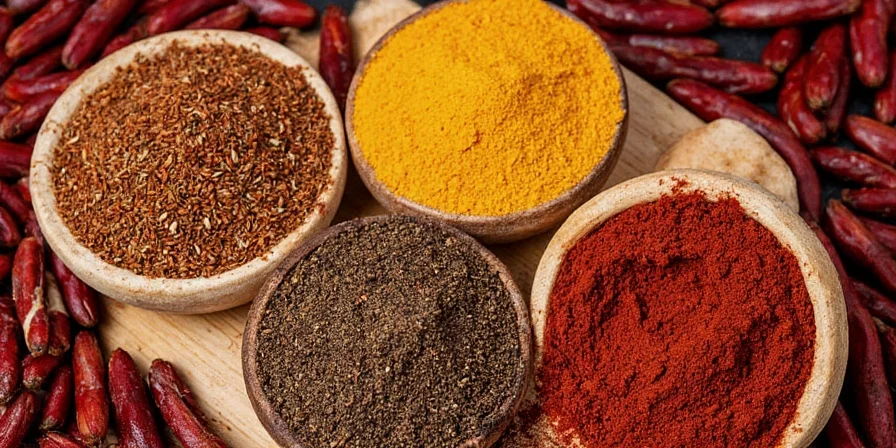
The word “barbacoa” comes from the Taíno people of the Caribbean, who used the term to describe a wooden framework they used to cook meat over an open flame. Spanish explorers later adopted the term, and it evolved as it spread throughout Mexico and beyond.
In pre-Hispanic Mexico, barbacoa was traditionally slow-cooked underground using heated stones and maguey leaves. This method not only infused the meat with a unique earthiness but also allowed the spices and natural juices to mingle beautifully.
Today, barbacoa is synonymous with slow-cooked meats — often goat, lamb, or beef — seasoned with a powerful mix of dried chilies, herbs, and spices. It's more than just a meal; it's a cultural experience steeped in history and tradition.
Spice Breakdown: Understanding the Flavor Profiles
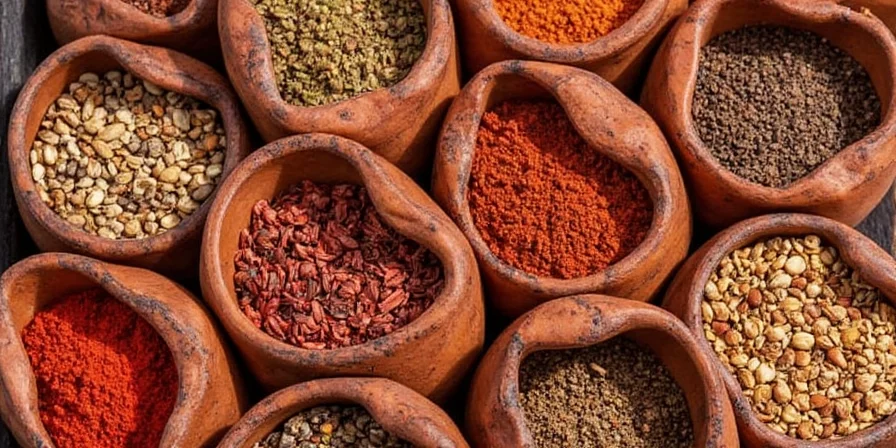
The heart of any great barbacoa dish lies in its spice mix. These blends are like culinary fingerprints — each family or region has its own secret recipe. Let’s break down the most common ingredients:
- Dried Chilies: Ancho, guajillo, and pasilla are staples. They bring heat, color, and depth. Toast them lightly before grinding for a richer flavor.
- Garlic & Onion: Often used fresh or powdered to add layers of savory complexity.
- Cumin: A warm, earthy note that anchors many Mexican spice blends.
- Black Pepper: Adds bite without overpowering other flavors.
- Oregano (Mexican Preferred): More floral and less bitter than Mediterranean oregano.
- Vinegar or Citrus: Used to balance richness and brighten the overall flavor.
- Optional Add-ins: Cloves, cinnamon, coriander, or even chocolate in some versions for depth and sweetness.
Around the World in Spice: Global Variations of Barbacoa
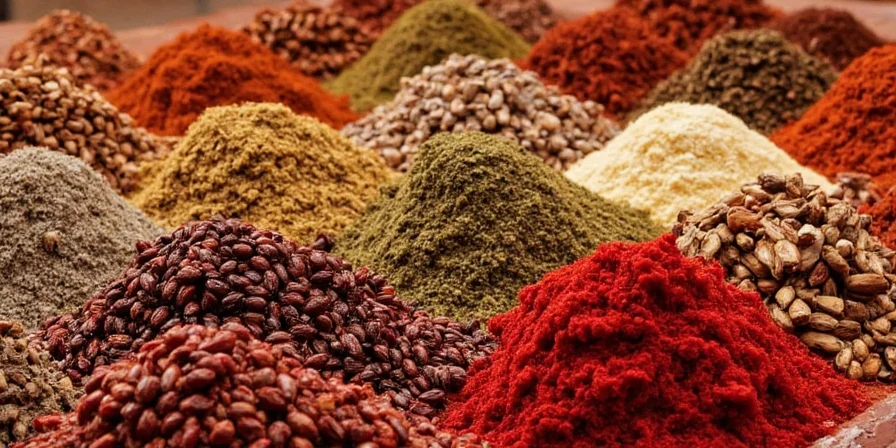
While barbacoa originated in Mesoamerica, its influence has traveled far and wide. Here’s how different regions have adapted the concept:
| Region | Key Ingredients | Unique Characteristics |
|---|---|---|
| Mexico (Original) | Ancho, guajillo, cumin, garlic, vinegar | Slow-cooked underground or steamed with maguey leaves |
| Caribbean | Scotch bonnet, allspice, thyme | Uses a wooden rack; marinade heavy |
| Texas BBQ | Paprika, brown sugar, black pepper | Smoked with oak or mesquite |
| Philippines | Annatto, soy sauce, calamansi | Grilled lechon-style with crispy skin |
| Australia | Lemon myrtle, wattleseed | Bushfire style with native spices |
Tips for Home Chefs: Making Barbacoa Magic at Home
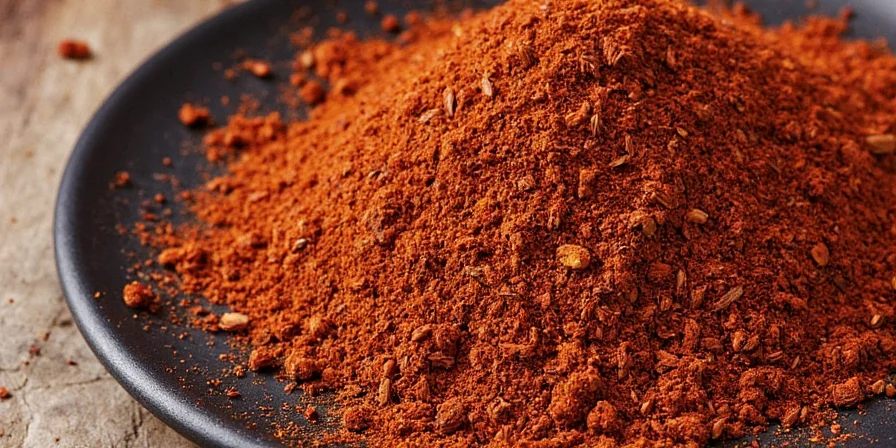
You don’t need a pit dug in your backyard to make authentic-tasting barbacoa. Here are some practical ways to bring that same magic to your kitchen:
- Use a Slow Cooker or Dutch Oven: Simulate underground cooking by sealing your seasoned meat in foil with a splash of liquid and cooking low and slow.
- Toast Your Spices: Dry-toasting dried chilies and whole spices enhances their aromatics. Just be careful not to burn them!
- Rub It In: Apply the spice mix generously and let the meat marinate overnight. This allows the flavors to penetrate deeply.
- Go Low and Slow: Aim for 250–300°F (120–150°C) and give it time. Patience is key in developing tenderness and flavor.
- Use Acid for Balance: A touch of lime juice or apple cider vinegar helps cut through richness and lifts the flavors.
- Add Smoke if Possible: Even if you don’t have a smoker, try adding a few drops of liquid smoke or using smoked paprika in your rub.
- Let It Rest: Allow your meat to rest for at least 15 minutes after cooking. This keeps it juicy and prevents moisture loss.
Essential Tools & Tricks for Authentic Results
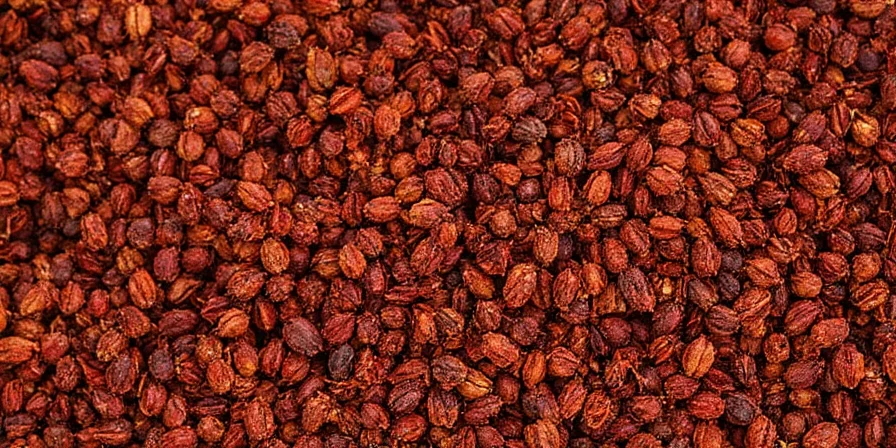
To really nail that barbacoa vibe, here are a few tools and techniques that will elevate your results:
- Mortar and Pestle: For freshly ground spice pastes with maximum aroma.
- Cast Iron Skillet: Great for searing meats before slow cooking or smoking.
- Smoker Box: If you're using a gas grill, a smoker box filled with wood chips adds that essential smokiness.
- Aluminum Foil or Banana Leaves: Wrap meat for a traditional-style braise.
- Immersion Blender: Perfect for making smooth marinades or sauces right in the pot.
- Dry Aging Bags: Tenderize meat naturally while enhancing flavor.
- Thermometer: Keep track of internal temps to ensure perfect doneness without guesswork.
Common Mistakes (and How to Avoid Them)
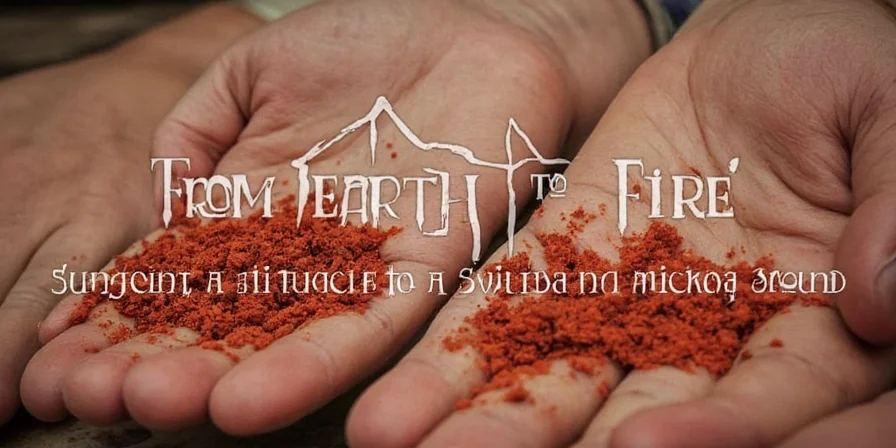
Even seasoned cooks can trip up when working with complex spice profiles. Here are some common pitfalls and how to dodge them:
- Burning the Chilies: Toast on medium heat and keep moving — once they go from nutty to bitter, there’s no going back.
- Too Much Salt Too Soon: Add salt gradually during cooking rather than upfront to avoid drying out the meat.
- Skimping on Fat: Choose cuts with good marbling; lean cuts can become tough and dry.
- No Rest Time: Skipping this step means losing precious juices and texture.
- Neglecting Liquid: Whether it’s broth, beer, or citrus juice, moisture helps build flavor and prevent dryness.
- Ignoring pH Balance: Use acid (vinegar, citrus) to balance richness and create harmony in flavor.
- Forgetting the Garnish: Fresh cilantro, chopped onions, avocado, or pickled jalapeños can transform your final dish.
Quick Reference Table: Regional Barbacoa Spice Blends
| Region | Main Spices | Heat Level | Best Meat Pairing |
|---|---|---|---|
| Mexico | Ancho, Guajillo, Cumin, Garlic | Mild to Medium | Beef Cheeks, Lamb |
| Caribbean | Scotch Bonnet, Allspice, Thyme | Medium to Hot | Goat, Pork Shoulder |
| USA (Texas) | Paprika, Brown Sugar, Black Pepper | Mild | Brisket, Ribs |
| Philippines | Annatto, Soy Sauce, Garlic | Mild | Pork Belly, Lechon |
| Australia | Lemon Myrtle, Wattleseed | Mild | Lamb, Kangaroo |
Final Thoughts: Bringing the Barbacoa Flame Into Your Kitchen
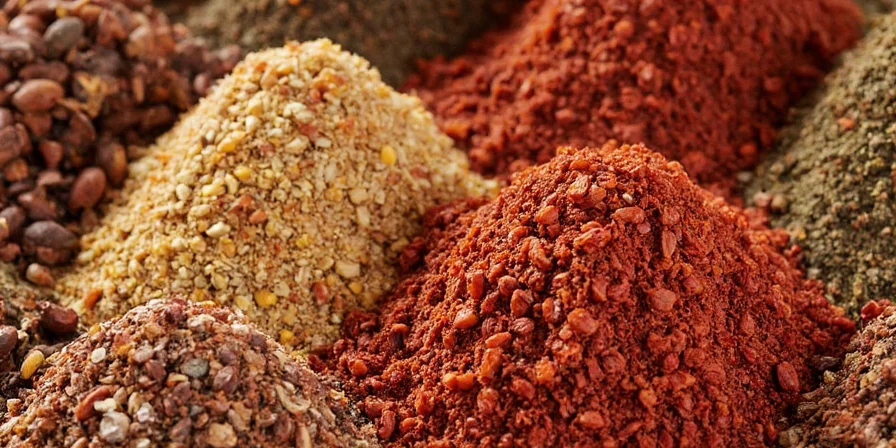
Barbacoa isn't just a cooking technique — it's a celebration of culture, community, and the power of spices. Whether you're hosting a weekend cookout or experimenting with global flavors in your own kitchen, mastering barbacoa spices opens the door to a world of bold, smoky, and unforgettable taste experiences.
So next time you reach for that jar of cumin or fire up your smoker, remember: you’re not just seasoning meat — you’re continuing a centuries-old culinary legacy. Now go forth, spice it up, and savor every smoky, tender bite.
Stay curious, stay hungry, and above all… keep the flame alive 🔥

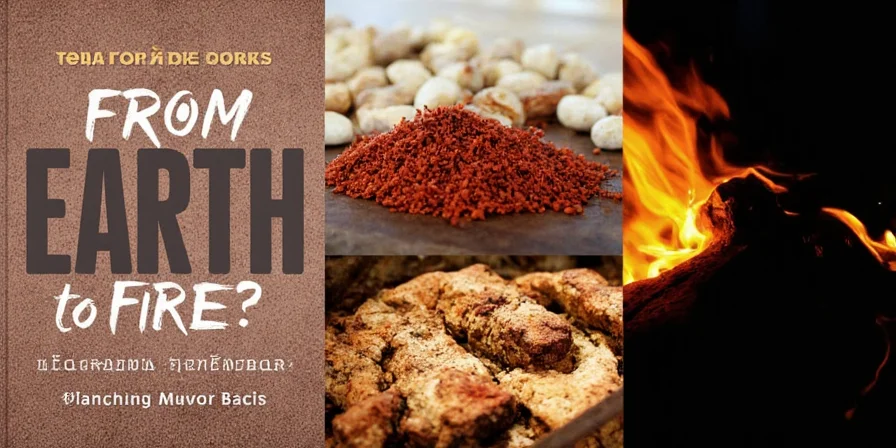









 浙公网安备
33010002000092号
浙公网安备
33010002000092号 浙B2-20120091-4
浙B2-20120091-4